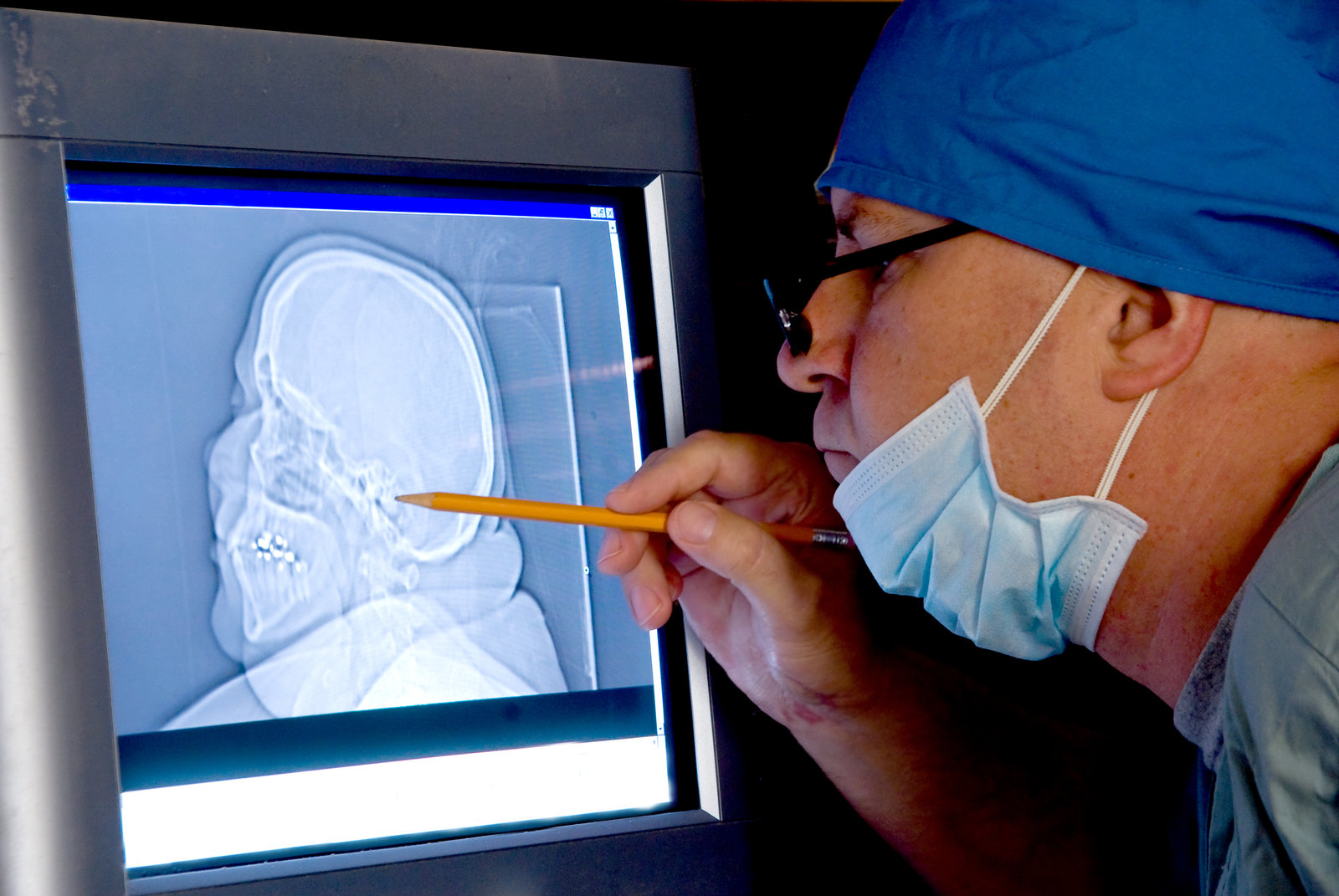+91-7029803657

In today’s fast-evolving medical landscape, teleradiology is at the forefront of digital healthcare transformation. As hospitals and diagnostic centres strive to deliver accurate, timely radiological reporting across geographies, teleradiology is becoming not just a convenience—but a necessity.
Teleradiology is the transmission of radiological images (such as X-rays, CT scans, and MRIs) from one location to another for the purpose of remote reporting and diagnosis. Radiologists can review and interpret these images from anywhere in the world, ensuring round-the-clock coverage and faster turnaround times.
This approach is especially beneficial in settings where radiologist availability is limited—such as rural hospitals, night shifts, or during medical emergencies.
24/7 Radiology Reporting
With a global pool of qualified radiologists, hospitals can access after-hours and emergency reporting without delay.
Improved Turnaround Time (TAT)
Teleradiology helps healthcare facilities maintain shorter TATs, which is critical for patient care and clinical decisions.
Cost-Effective Radiology Solutions
Instead of maintaining full-time radiology teams in-house, many healthcare providers are opting for scalable, affordable remote services.
Access to Subspecialty Experts
Teleradiology enables access to radiologists with subspecialties, such as neuroradiology or musculoskeletal imaging, without needing them on-site.
Support for Underserved Areas
Rural and remote healthcare centres can now offer the same level of diagnostic excellence as urban hospitals.
Hospitals & Clinics: For round-the-clock support, second opinions, or overflow reading.
Diagnostic Centres: To expand service hours and offer specialist interpretations.
Mobile Imaging Providers: Enable instant reads while on the move.
Veterinary Clinics: Animal radiology is increasingly using teleradiology for accurate reads.
Image Acquisition: Radiology images are captured using digital equipment (PACS compatible).
Secure Transmission: The images are encrypted and sent over a secure network.
Image Interpretation: Radiologists access images remotely using cloud-based systems and prepare detailed reports.
Report Delivery: Reports are sent electronically to the referring physician or medical team.
When looking for a teleradiology provider, consider:
Turnaround time guarantees
Credentialed and certified radiologists
HIPAA and data security compliance
Integration with your existing PACS and RIS
Customer support and service availability
Teleradiology is rapidly evolving, with AI integration, machine learning, and automated triage systems enhancing diagnostic accuracy and efficiency. As digital health ecosystems expand, teleradiology will continue to play a crucial role in global healthcare accessibility.
If you’re a healthcare provider looking to expand radiology services without compromising on quality, teleradiology is the future-forward solution. Whether it’s overnight reads, expert second opinions, or full-time support, teleradiology bridges the gap between demand and expertise.
Radiserve offers trusted, scalable, and expert-led teleradiology services tailored to your facility’s needs.
👉 Contact us today to learn how we can partner with you to transform your diagnostic capabilities.